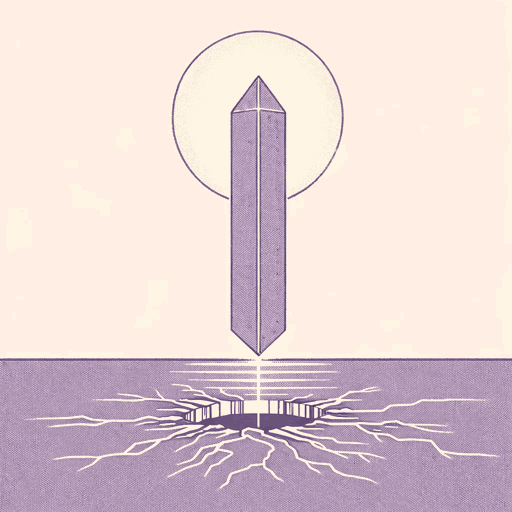66 pages • 2 hours read
N. K. JemisinThe Fifth Season
Fiction | Novel | Adult | Published in 2015A modern alternative to SparkNotes and CliffsNotes, SuperSummary offers high-quality Study Guides with detailed chapter summaries and analysis of major themes, characters, and more.
Symbols & Motifs
Cycles of Apocalypse
The Fifth Season is, among other things, a post-apocalyptic narrative. This is certainly true of Essun’s storyline, which opens after Alabaster opens a massive rift in the Stillness, but even Damaya and Syen’s storylines take place in a world marked by the regular environmental and societal breakdown that a Fifth Season entails. Notably, however, these cataclysms never seem to mark the complete cessation of life in general or even of humanity in particular. Although specific societies may die out, some form of civilization always emerges from out the other side of a Season, as Jemisin notes in the Prologue: “This is what you must remember: the ending of one story is just the beginning of another. […] People die. Old orders pass. New societies are born” (14). In fact, the idea that apocalypse isn’t necessarily final is central to the novel’s very structure, which sees the protagonist surviving multiple “personal endings” (1), building a new—if dramatically different—life and identity for herself in the aftermath of each.
The apocalypse with which the novel begins is ostensibly different from all of these other crises, in that the world now truly is ending “[f]or the last time” (14).
Related Titles
By N. K. Jemisin






